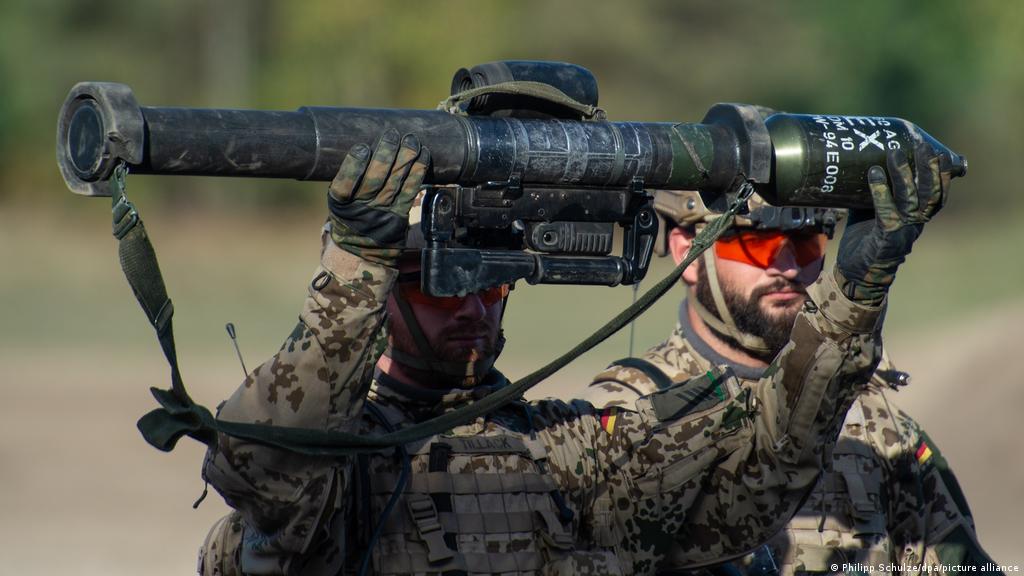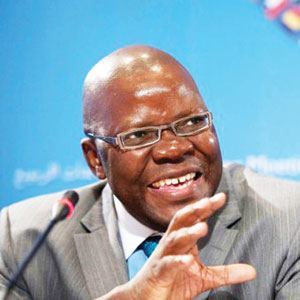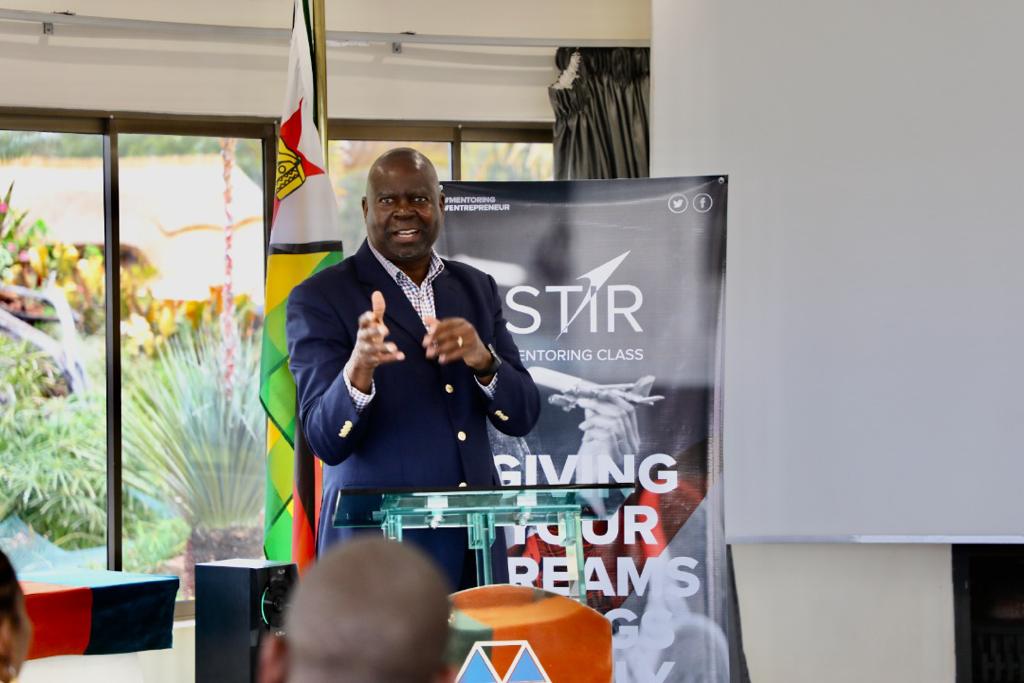
Zimbabwe’s Anglicans have been fighting each other for the past 10 years as they battle for control of church assets and the right to worship. Legal battles have turned political since the Anglican Church in Harare split in 2007.At the centre of the controversy is former Bishop of Harare, Nolbert Kunonga, a cheerleader for President Robert Mugabe. The battle in the Anglican Church, which has sucked in the two main political parties, pits Kunonga of Zanu PF against those perceived to be MDC supporters. Kunonga rebelled against the Anglican Church in 2007 alleging it was sympathetic to homosexuals and created his own new Anglican Province of Zimbabwe, seizing Harare’s Cathedral and other church properties. He was officially excommunicated in 2008 by the Church of the Province of Central Africa, comprising Anglican churches in Zambia, Botswana, Malawi and Zimbabwe. Dean and Acting Archbishop of the Anglican Church, Albert Chama, said: “After his enthronement it became obvious that Kunonga had his own preconceived agenda. His unsuccessful though persistent attempts to amend laws of the diocese to give himself supreme and unchallengeable power was a clear signal that he had no intention whatsoever to be bound by his oath.” For a long time after his dismissal from the Anglican Church, Kunonga locked himself in Harare’s St Mary’s cathedral. He holds service for a handful of people at 7:30 a.m. and at 9 a.m. every Sunday. For the rest of the time the cathedral remains padlocked to prevent rival Anglicans from trying to worship in the church. While Anglicans under Bishop Chad Gandiya, who was appointed last July to take over as Bishop of Harare, have to worship in the open while they await a High Court ruling on the ownership of diocesan property, Kunonga allegedly has the police at his disposal, who have allegedly taken a biased and partisan position.The police have ordered that only Kunonga’s faction should worship at the Anglican premises and they have teargased and assaulted other members who have tried to use the churches. This is in violation of a High Court ruling that said the CPCA diocese of Harare and the Kunonga faction should share access to the churches until the ownership dispute is resolved. Even around Christmas last year police allegedly acting on Kunonga’s orders threatened parishioners, telling them that they would be beaten up if they showed loyalty to Gandiya.This is not the first time that Kunonga has caused a major rift within the Anglican diocese of Harare.Since his election as bishop in 2001, Kunonga, who was a professor of liberation theology in the United States, has attracted a lot of controversy within and outside the church. He has been accused of dividing the church, first on racial lines after his election and then on political lines.But where does Kunonga draw his power that leads the police to allegedly defy court rulings and violate the country’s constitution which provides for freedom of religion? The police have allegedly arrested, harassed and prevented church attendance of Anglican clergy and parishioners from the CPCA. Police continue to disrupt Anglican Church services. They have arrested parishioners, interrogated priests and locked the doors of churches to keep worshippers away. Critics allege that Kunonga’s elevation was engineered by state security after a racially charged campaign targeting the frontrunner, a white vicar-general of the diocese, Canon Tim Neill, who was a critic of Mugabe’s government and its alleged human rights abuses. Describing Kunonga in 2001, Neill said: “This monster of white-bashing, libel and immoral conduct has thrown the church into crisis.”Strongly suggesting that the Zanu PF government might have had something to do with Kunonga’s election, Neill said then: “But this undoubtedly has the odour of the Zanu PF party. President Mugabe wants control over every facet of this country whether it’s the judiciary, the church or the media. People who stand up to him, whether they be black or white, are people to be removed.” Anglican parishioners now wish they had taken heed of Neill’s objection to Kunonga’s election and the way he dealt with the whites in the church.A parishioner at St Martin’s church in Hatfield said: “Our biggest mistake as Anglicans was to watch silently as Kunonga got rid of the whites. We didn’t say anything when the whites in 2001 were having their own service. That was our first big mistake –– we never thought nine years later it would be us locked out of the church.” The Church was deeply divided following his appointment. Kunonga denounced his fellow priests who refused to buy into his gospel that Mugabe was a messiah. He called them “Uncle Toms” and “puppets”. Once he became bishop for Harare, critics say Kunonga started turning his diocese into the religious arm of Zanu PF. He drove off the diocese’s white Zimbabwean clergy and purged its ranks of those deemed disloyal to Mugabe’s government. Chama said: “He falsely accused priests and members of the laity of misdemeanours, especially that of not being supporters of the ruling party.”Kunonga even suspended a priest in Glen Norah for allowing the then MDC MP Priscilla Misihairabwi-Mushonga to make a donation of US$300 to the parish. Chama said: “Kunonga pursued an oppressive path apparently assisted by his secretary Morris Brown Gwedegwe and others. He intimidated Anglican clergy in the diocese, callously revoked priests’ licences and dismissed a number without affording them the right to an ecclesiastical trial.” In 2008, he took over a prayer meeting in Harare and used it as a forum to promote the chaotic land reform programme, of which he was a beneficiary.The government gave him a 1 630-acre farm outside Harare and a seven-bedroomed farmhouse in 2003 taken from Marcus Hale.In 2002 Kunonga endorsed Mugabe ahead of the presidential election. Once he won after a brutal and bloody election campaign, Kunonga told guests at Mugabe’s inauguration ceremony that the election result represented “God’s will”. He dismissed Mugabe’s critics as “little voices shouting at a passing elephant”. Attempts by the Anglicans in Africa to hold Kunonga to account proved unsuccessful. In 2005 Kunonga faced 38 charges under canon law before an ecclesiastical court. The allegations, made by the CPCA, included incitement to murder, “sinning against the church, its officials and its flock” and preaching “racial hatred”. Kunonga denied the charges after they were whittled down to a list of 11. The charges were later thrown out by the presiding judge from Malawi, James Kalaile.His priests ignored the human suffering caused by Operation Murambatsvina in 2005. And in 2007 Kunonga called Mugabe “a prophet of God who was sent to deliver the people of Zimbabwe from bondage”. He was put on the United States and European Union sanctions lists, together with Mugabe and his cronies.The Anglican Church issue has since been brought before cabinet, and the Organ on National Healing and Reconciliation, headed by Vice President John Nkomo, was tasked to try and resolve it.As Nkomo said: “The church is supposed to be a church for worship but what we have is the church being turned into a sparring ring. We can’t allow this. God will judge us harshly when judgment day comes”.
Faith Zaba











